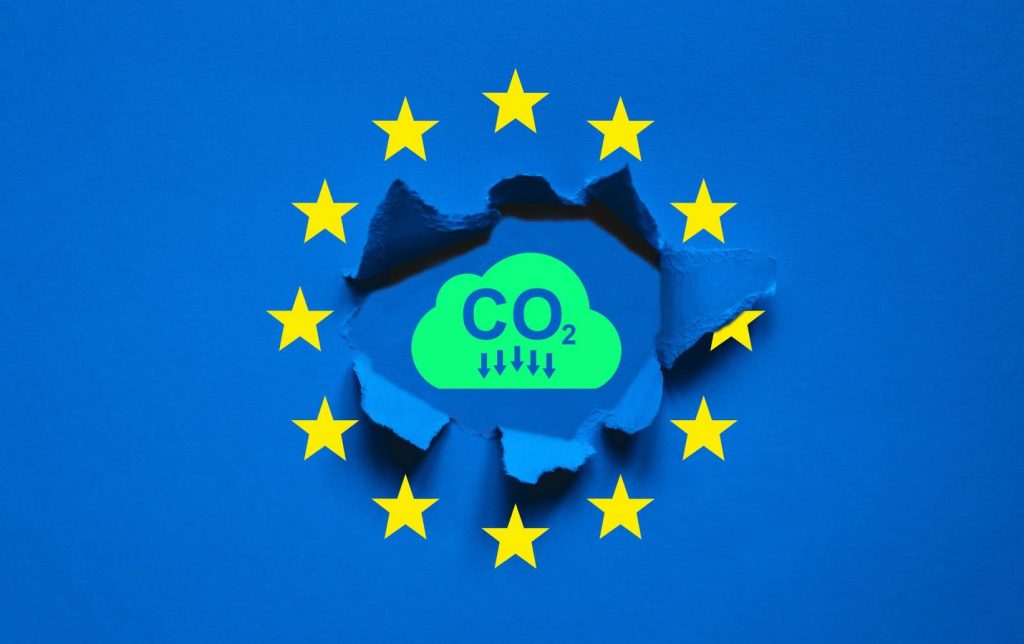The European automotive industry is bracing for a turbulent 2025, facing a confluence of challenges that threaten its long-term viability. Stringent CO2 emission regulations, coupled with looming penalties for non-compliance, are forcing manufacturers to prioritize electric vehicle (EV) production, often at the expense of their more profitable internal combustion engine (ICE) vehicles. This forced shift is impacting profitability, as companies raise ICE prices to curb sales and subsidize EV development, a strategy that ultimately cannibalizes their own revenue streams. The threat of substantial fines for failing to meet 2025 CO2 targets further exacerbates the financial strain on the industry. Compounding these regulatory pressures are persistent competitive threats from China, concerns over potential trade tariffs, and a struggling German auto market, the traditional cornerstone of European automotive strength. The overall picture is one of uncertainty and pressure, demanding significant adaptation from European automakers.
The EU’s ambitious CO2 emission targets, designed to accelerate the transition to electric vehicles and ultimately ban new ICE vehicle sales by 2035, are at the heart of the industry’s current predicament. These regulations create a complex dilemma: manufacturers must invest heavily in EV technology while simultaneously managing declining demand and profitability for their traditional ICE models. The potential for hefty fines further complicates strategic planning. Recognizing the severity of the situation, industry leaders are actively lobbying for a reassessment and potential softening of these regulations, arguing that the current trajectory is unsustainable. The upcoming Strategic Dialogue on the Future of the European Car Industry presents a critical opportunity to address these concerns and potentially reshape the regulatory landscape.
Beyond regulatory pressures, the competitive landscape presents further challenges. Chinese automakers, boasting significant efficiency advantages, continue to exert pressure on European manufacturers. This competition is forcing established European brands to consider drastic measures like factory closures to address overcapacity, a move fraught with social and economic implications. The potential for increased trade tariffs adds another layer of complexity, potentially disrupting established trade flows and impacting profitability. This uncertainty, coupled with the relatively weak demand for automobiles in a post-pandemic world, creates a challenging market environment. Declining sales volumes, particularly in key markets like Germany, further contribute to the industry’s woes.
Germany, traditionally the engine of the European auto market, is facing its own set of difficulties. Declining order backlogs and sluggish sales projections paint a bleak picture for the German automotive sector. The upcoming German elections add further uncertainty, potentially delaying crucial structural reforms needed to revitalize the industry. This political instability, combined with the broader economic challenges facing the country, creates a particularly challenging environment for German auto manufacturers. The industry’s dependence on the German market magnifies the impact of these domestic challenges on the broader European automotive landscape.
Despite the overwhelming negativity surrounding the European auto industry’s prospects in 2025, some analysts offer glimpses of optimism. While acknowledging the persistence of headwinds like declining ICE sales, the rise of EVs, and technological challenges, firms like Evercore ISI and Morgan Stanley suggest a potential turning point by mid-2025. They point to potential factors like rising sales volumes, driven by increased affordability, lower interest rates, and government subsidies, as potential catalysts for recovery. Improving disposable income and potential new model introductions could also contribute to renewed consumer demand. While these positive indicators offer a glimmer of hope, they are tempered by the recognition that the industry’s structural challenges remain significant.
While acknowledging the significant headwinds facing the industry, some analysts point to potential mitigating factors and opportunities for growth. Morgan Stanley, for example, highlights the potential for recovering affordability in the SUV and sedan segments, combined with potential easing of EU regulations, as positive drivers. Pent-up demand, coupled with falling prices, lower interest rates, and government subsidies, could stimulate sales and revitalize the market. Furthermore, increased visibility around tariff issues might lead to more constructive dialogue and potentially mitigate their impact. The possibility of strategic alliances between European and Chinese automakers presents another avenue for growth, allowing European companies to leverage Chinese EV technology and expertise while providing Chinese manufacturers access to the European market. While these potential positives offer a counterpoint to the prevailing pessimism, the overall outlook remains cautiously optimistic, acknowledging the significant challenges that still lie ahead.

